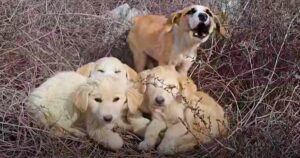
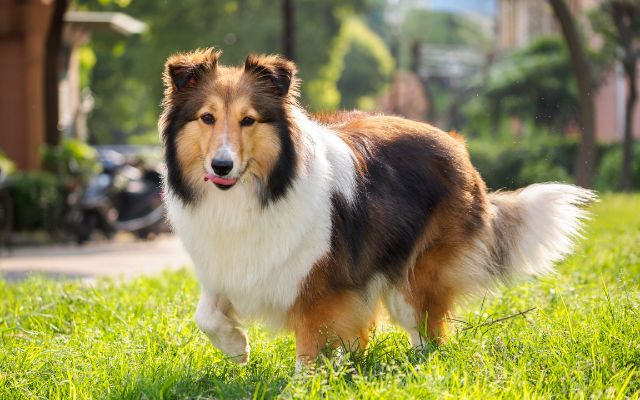
Dogs come in all personalities; while some are bold, others are skittish. These sensitive dogs are easily startled by loud noises, sudden movements, or new faces, with their nervous tendencies often stemming from genetics, past experiences, or temperament. Known as “nervous nellies,” they can be cautious around strangers and jumpy in unfamiliar environments. However, with the right care, love, and patience, even the most skittish dogs can learn to feel more confident and comfortable, gradually overcoming their fears and anxieties to navigate the world better.
Greyhound
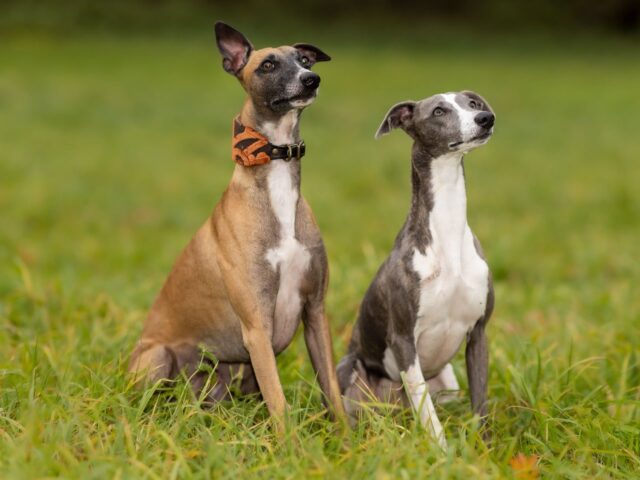
The elegant and graceful Greyhounds may be known for their speed, but they’re also one of the most skittish breeds. These racing dogs are incredibly sensitive to their surroundings and can be easily spooked by loud noises or sudden movements. Many retired Greyhounds who are adopted into homes need time to adjust to a domestic lifestyle, as they can find new environments overwhelming. Their naturally cautious nature makes them wary of strangers, and they may retreat or hide when they feel threatened. With patience, though, Greyhounds can become loving and loyal companions, but their skittish tendencies often linger.
Italian Greyhound
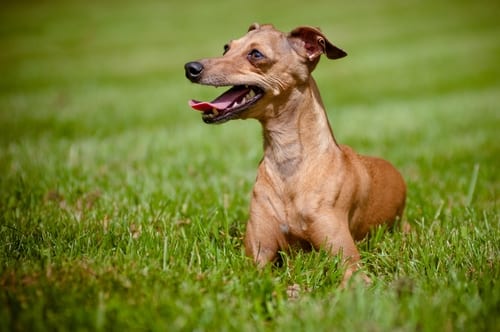
A smaller cousin of the Greyhound, the Italian Greyhound also shares some of the same skittish traits. Known for their dainty and delicate appearance, Italian Greyhounds are highly sensitive to their environment. Sudden loud noises, unfamiliar people, and even weather changes can leave these little dogs shaking in their paws. They bond closely with their families but are aloof with strangers, often hiding or staying on high alert in new settings. Due to their fragile temperament, Italian Greyhounds require gentle handling and reassurance to help them feel secure.
Shetland Sheepdog
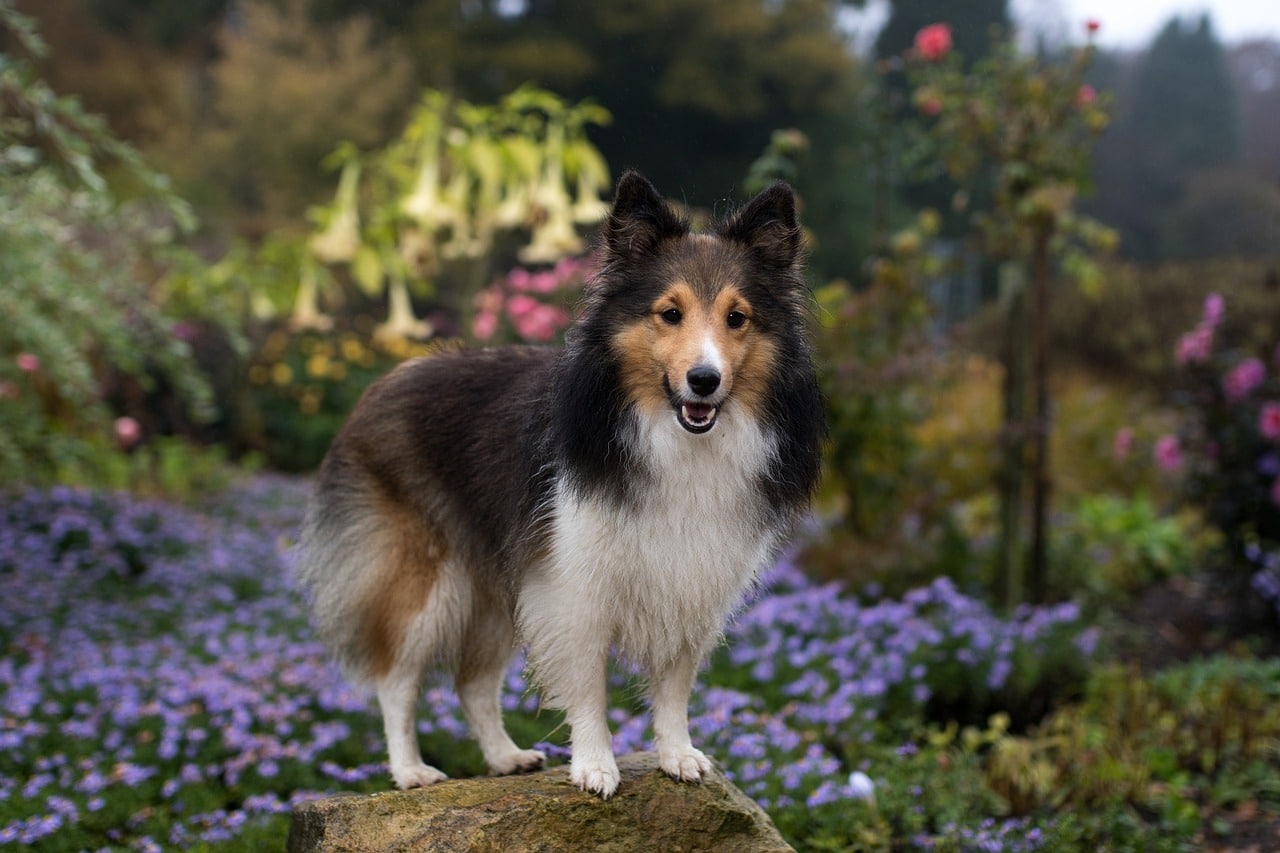
Shetland Sheepdogs, or Shelties, are intelligent herding dogs but often have a skittish demeanor. Their sensitivity is linked to their herding instincts, as they are always alert and quick to react to environmental changes. Shelties are known to be wary of strangers and may bark excessively if they sense something out of the ordinary. Their tendency to be cautious means they need slow and careful socialization to prevent them from becoming overly anxious. Despite their nervousness, Shelties are incredibly loyal to their families and thrive in a structured, predictable environment.
Whippet
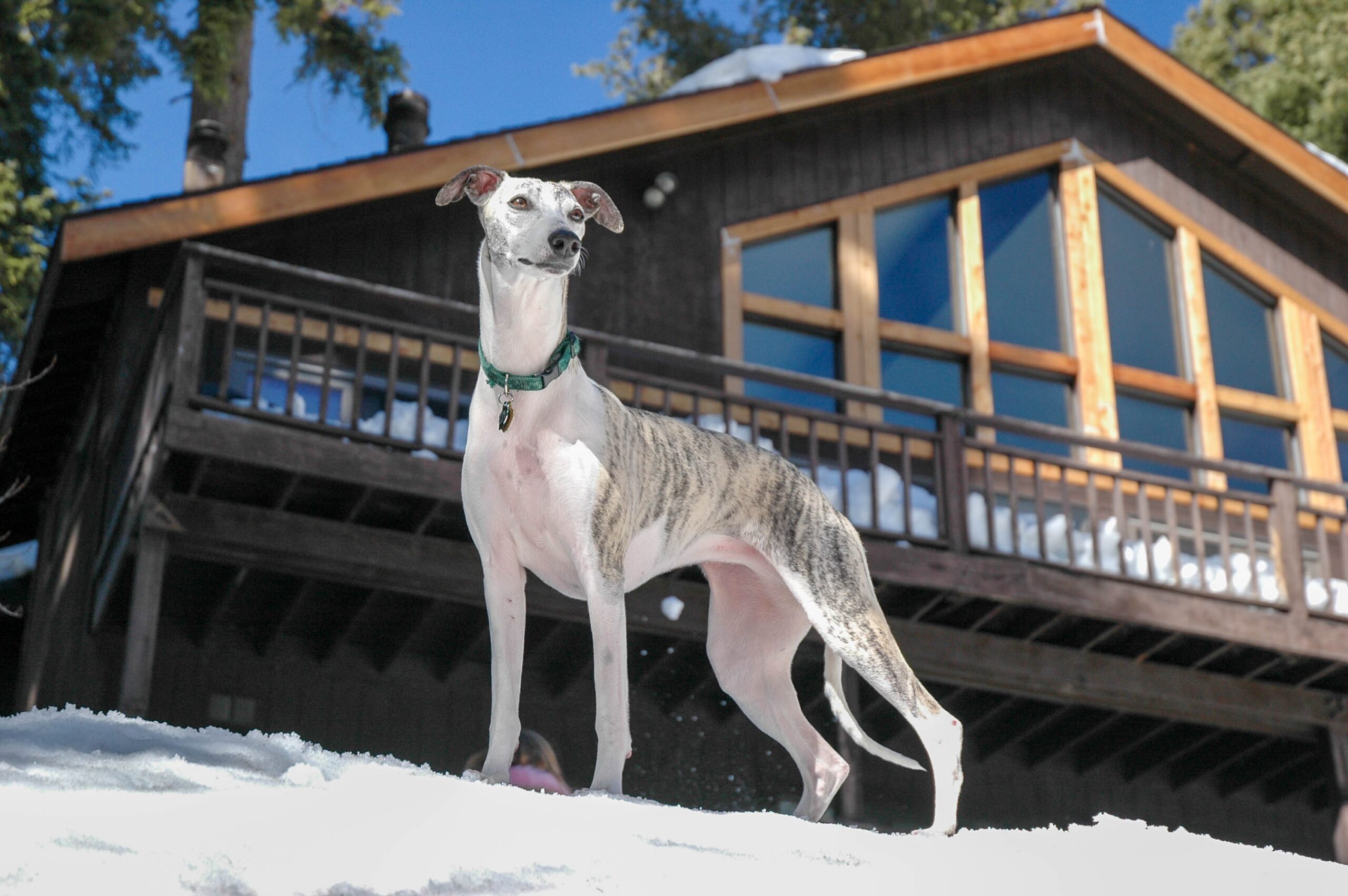
The Whippet, another member of the sighthound family, is known for its timid and sometimes skittish personality. Whippets like the Greyhound and Italian Greyhound are highly sensitive to noise and commotion. They prefer a quiet, peaceful environment and can become stressed in chaotic settings. Whippets are not fans of being left alone for long periods, which can increase their anxiety levels. While affectionate with their families, they can be aloof or shy around new people. Early socialization and gentle training are key to helping a Whippet feel more comfortable in their surroundings.
Papillon
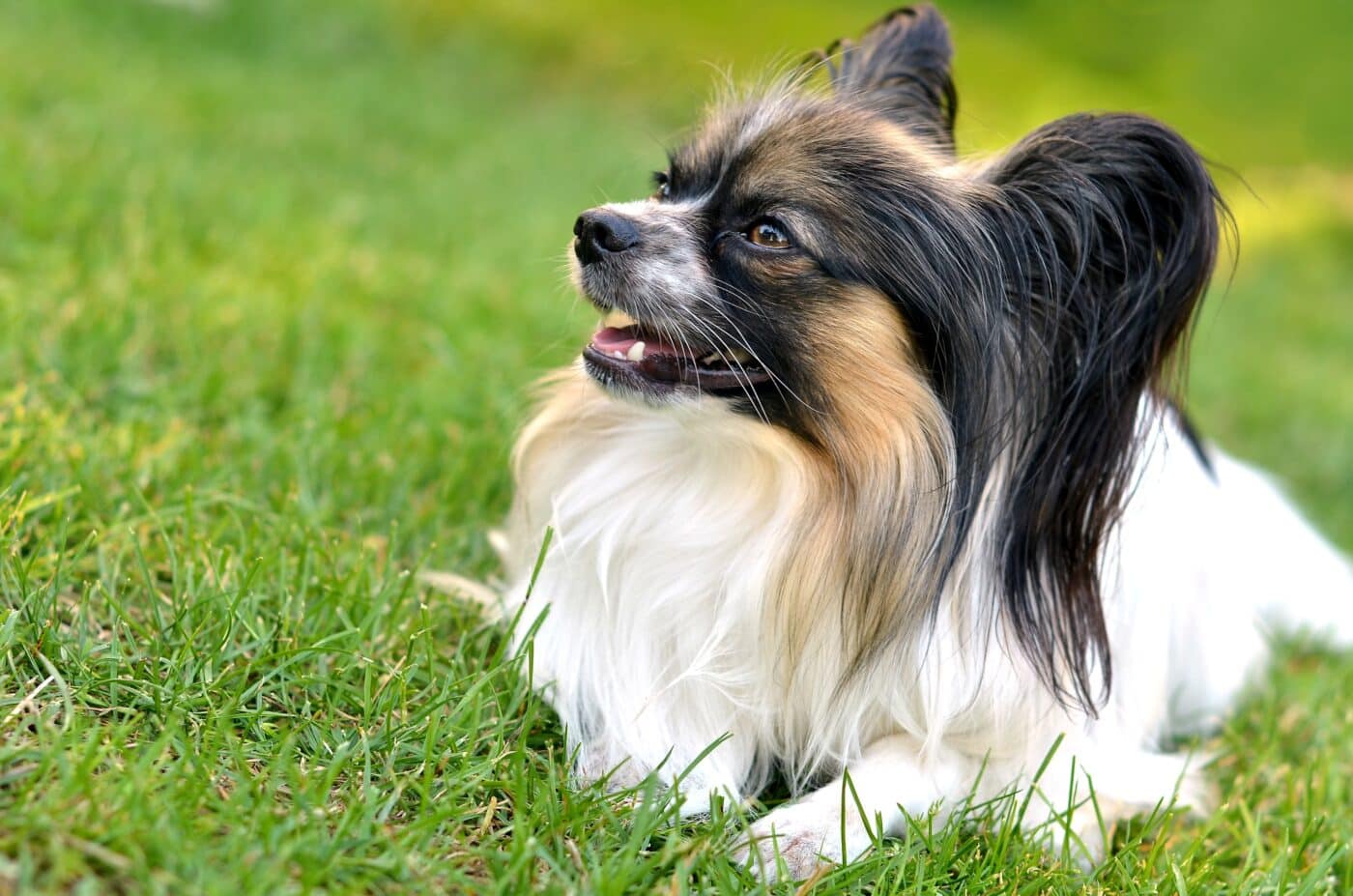
Don’t let the Papillon’s perky ears and confident appearance fool you—these tiny dogs can be quite skittish. Although energetic and playful, Papillons can become overwhelmed by loud noises or sudden movements. Their size makes them feel vulnerable, and they tend to be wary of strangers, often seeking refuge behind their owners when they feel scared. Papillons need plenty of positive reinforcement to build their confidence, and they thrive in environments where they feel safe and protected. While they may be nervous in new situations, they quickly bond with their families and show their true playful nature.
Chihuahua
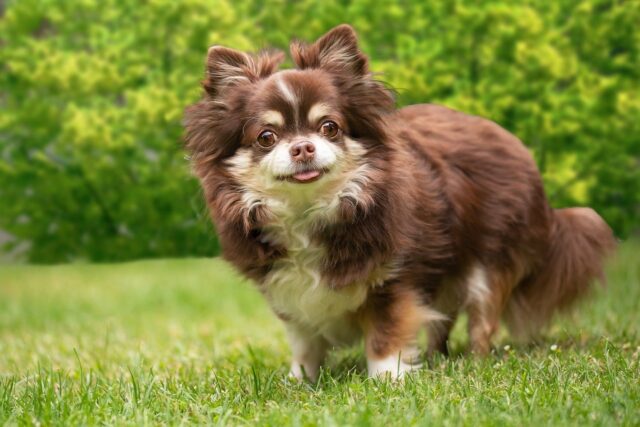
The Chihuahua, one of the smallest dog breeds, often compensates for their size with a larger-than-life attitude. However, beneath their sassy exterior lies a dog that can be easily spooked. Chihuahuas are known for being wary of strangers and can become jumpy or bark excessively in unfamiliar situations. Loud noises, quick movements, and new environments can trigger their skittish behavior, causing them to retreat to their owners for comfort. Despite their nervous tendencies, Chihuahuas form deep bonds with their families and are fiercely loyal, often becoming their owner’s little shadow.
Border Collie
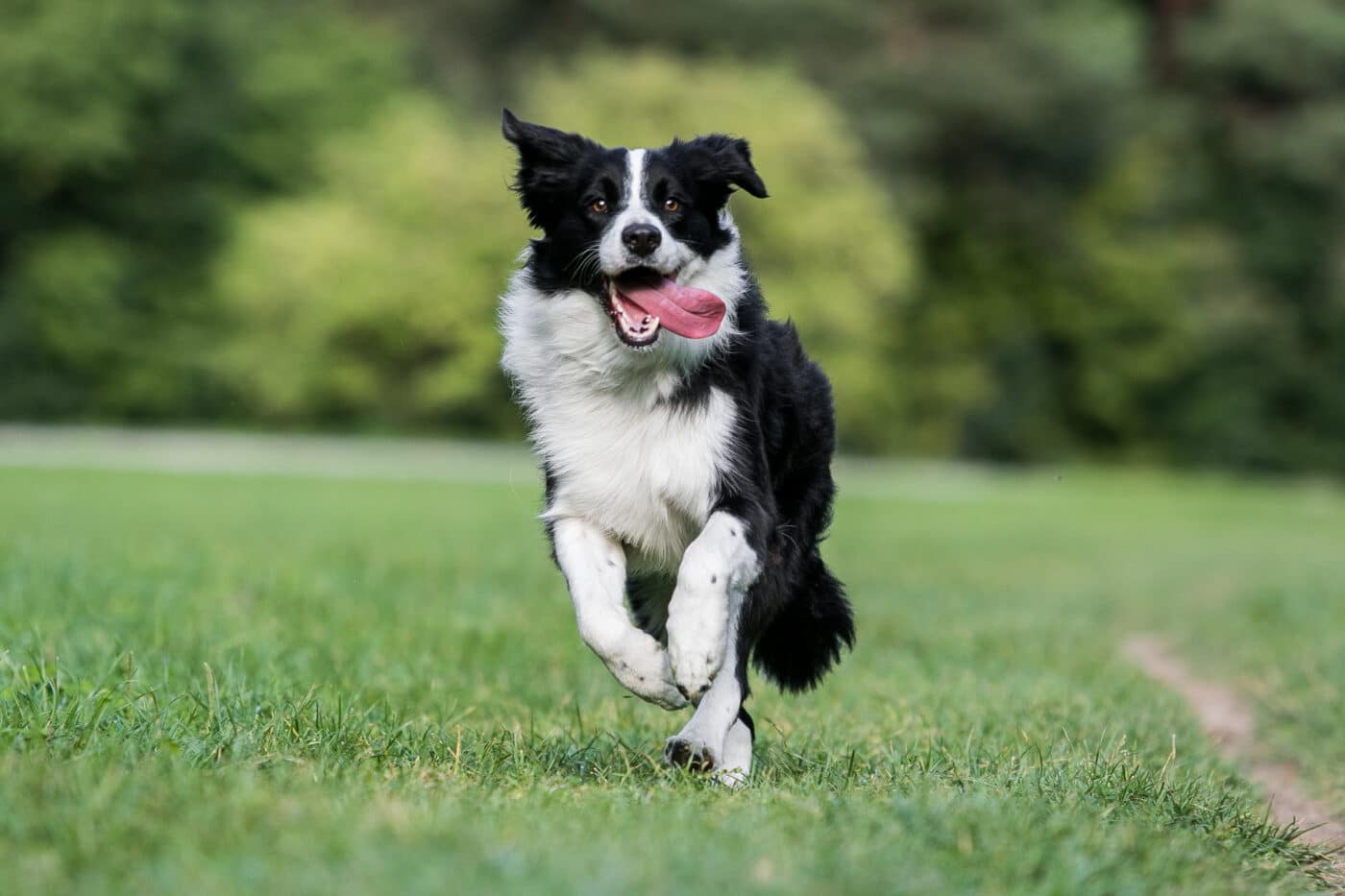
Border Collies are known for their intelligence and herding skills, but they can also be prone to skittishness. Their high energy and sensitivity make them quick to react to their surroundings. In some cases, their sharp instincts cause them to be overly alert, making them easily spooked by sudden noises or movements. While Border Collies are highly trainable, their nervous energy can make them anxious, especially if they’re not mentally stimulated or given enough exercise. They can learn to manage their skittish tendencies with proper outlets for their energy and positive reinforcement.
Chinese Crested
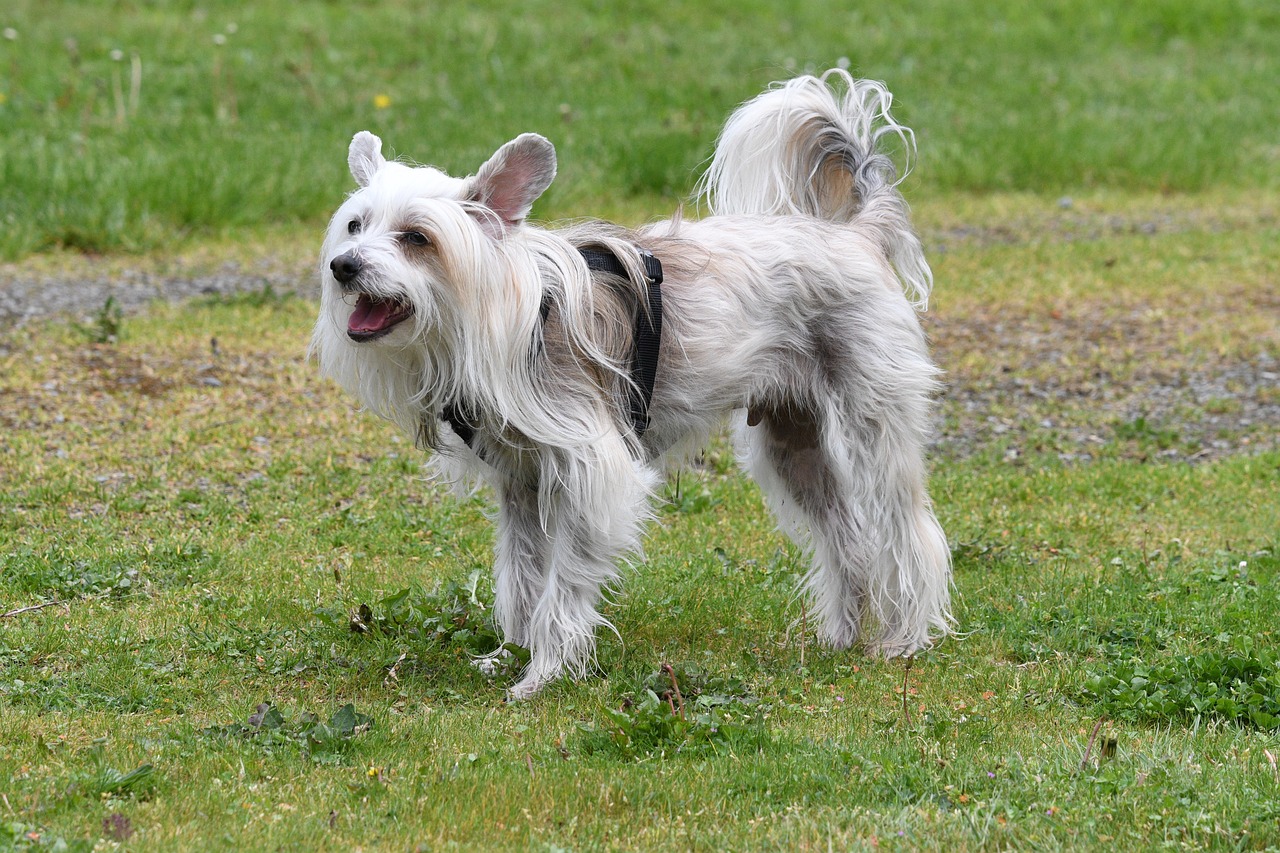
The Chinese Crested, with its unique appearance and small size, is another breed that can be easily spooked. These dogs are known for their attachment to their owners, but their sensitivity makes them anxious. Sudden noises, unfamiliar people, or chaotic environments can leave them feeling scared and seeking shelter. Due to their lack of fur, they can also be more sensitive to changes in temperature, which can add to their anxiety. Chinese Crested dogs do best in calm, nurturing households where they feel secure and loved.
Shiba Inu
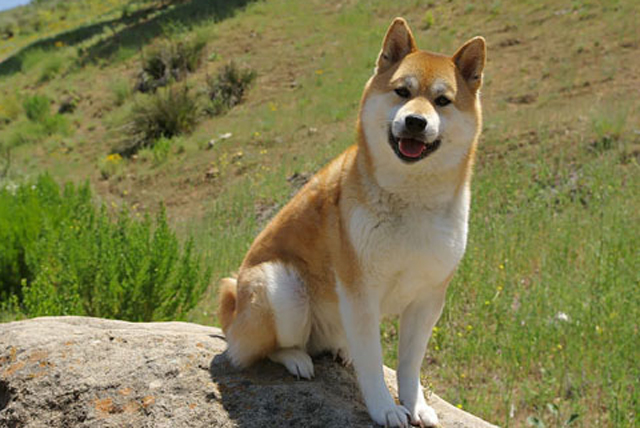
Shiba Inus may have a reputation for being independent and bold, but they also have a skittish side, especially when faced with new experiences. These dogs are naturally cautious and can be aloof with strangers. They’re known to be wary of sudden environmental changes and may take time to warm up to new people or situations. Shiba Inus are not easily spooked, but when they do feel uneasy, they are quick to retreat or display nervous behaviors. They need patient handling and consistent socialization to help them feel more secure in their surroundings.
Finnish Lapphund
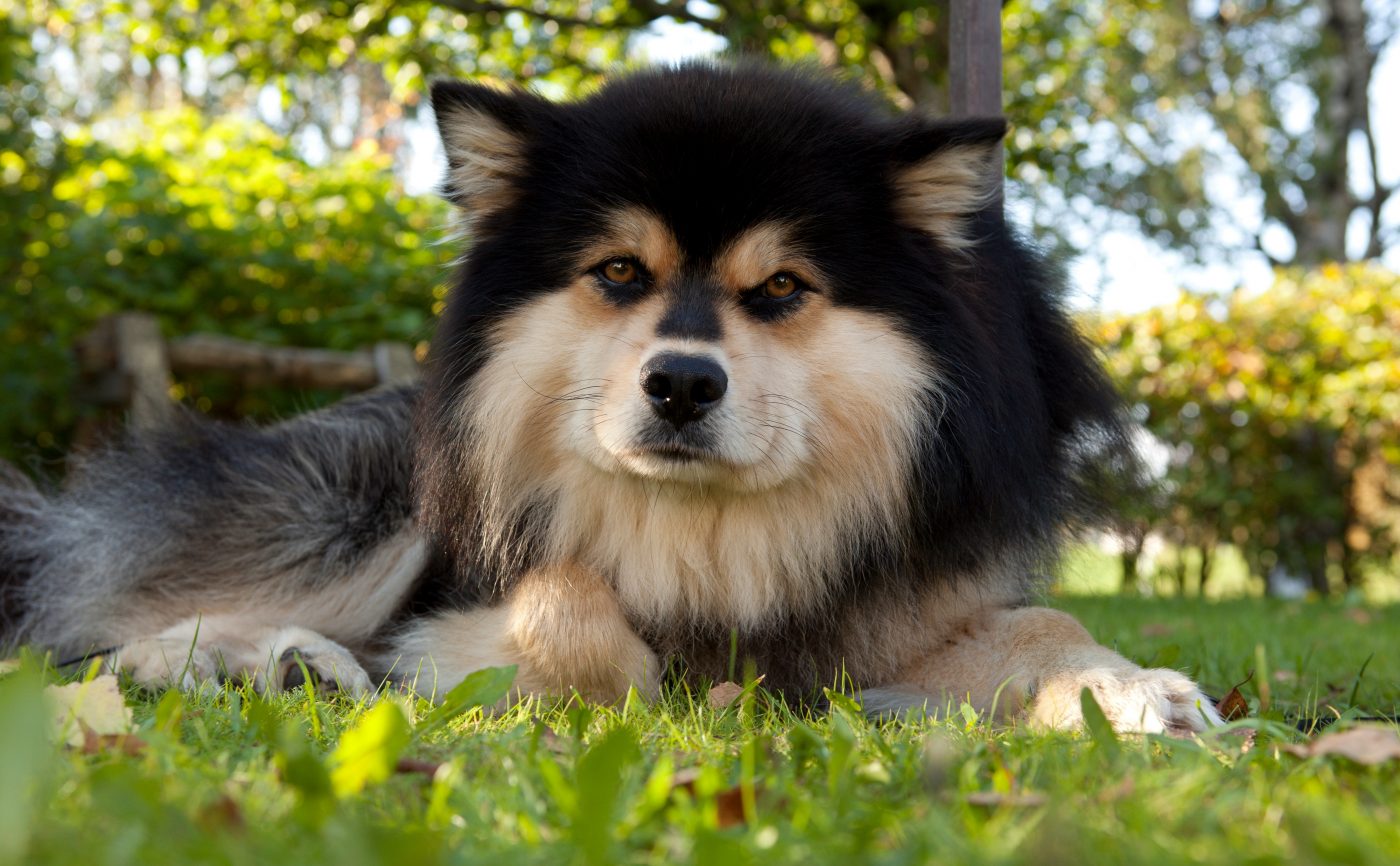
A lesser-known breed, the Finnish Lapphund is a herding dog that can be quite skittish around unfamiliar situations. Bred to herd reindeer in the cold climates of Finland, these dogs are naturally alert and cautious. They can be sensitive to new environments and are often wary of strangers. Finnish Lapphunds may become easily startled by loud noises or sudden movements, making them seem jumpy. However, their loyalty and affection towards their family are unwavering, and with proper socialization, they can overcome their skittish tendencies.
Vizsla
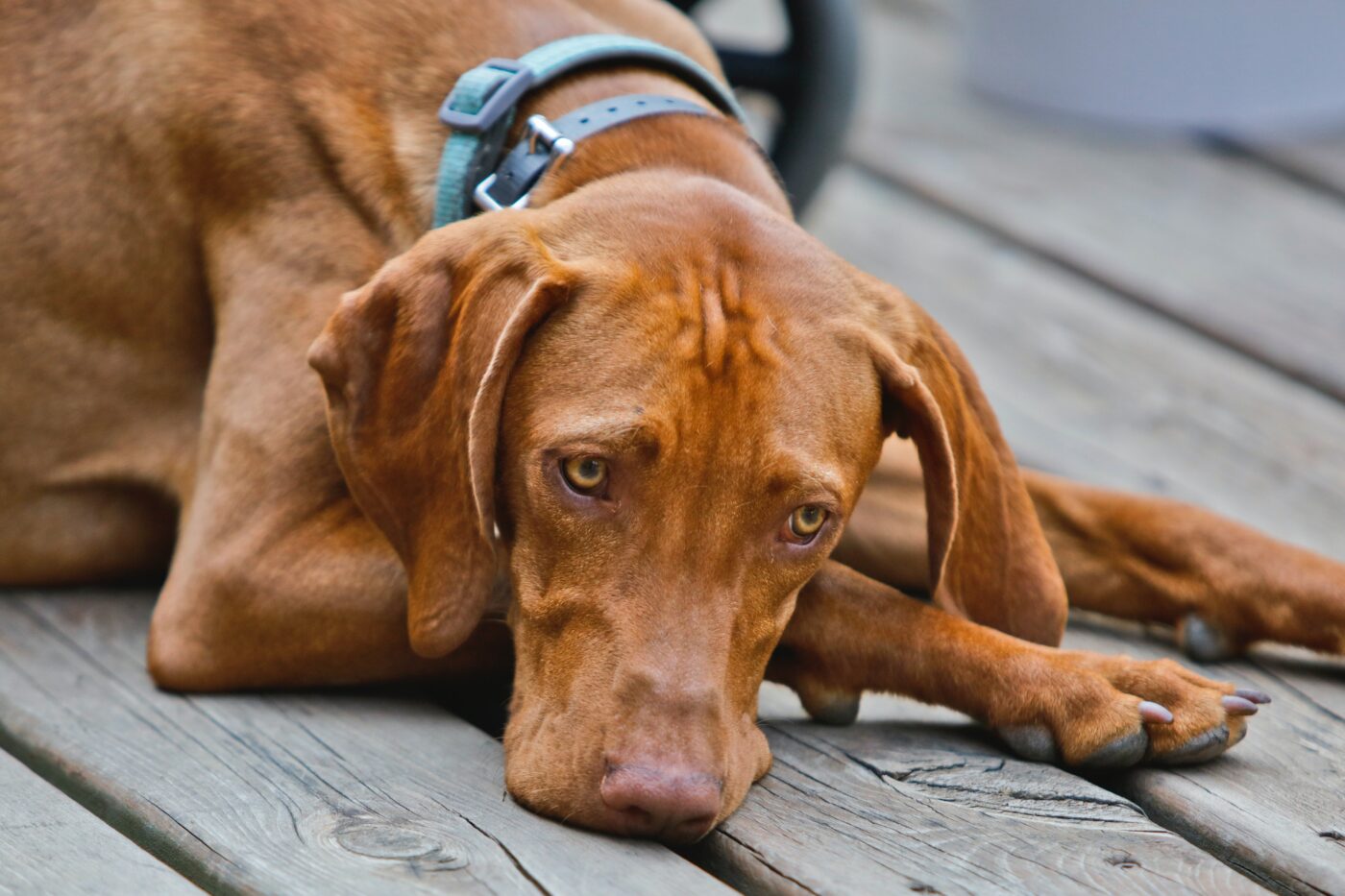
The Vizsla, known for their hunting abilities and affectionate nature, is also known for being one of the most skittish dog breeds. These sensitive dogs form deep bonds with their families and can suffer from separation anxiety when left alone. They are easily startled by loud noises, unfamiliar people, or chaotic environments. Vizslas thrive on human companionship and need plenty of positive reinforcement to build their confidence. While they may be nervous in new situations, their loving and loyal nature makes them a cherished companion for those who understand their needs.
The Tail-End of Skittishness: Let’s Not Startle Them!

There you have it—the most skittish dog breeds always look for the next spooky surprise! From a rogue vacuum cleaner to a new face at the door, these dogs prefer caution and a slower approach to life. However, with the right environment, patience, and love, even jumpy dogs can learn to face their fears with a wagging tail. So, if your pup tends to be nervous, take things slow and steady… unless it’s time for a treat, then all bets are off!

Dogs come in all personalities; while some are bold, others are skittish. These sensitive dogs are easily startled by loud noises, sudden movements, or new faces, with their nervous tendencies often stemming from genetics, past experiences, or temperament. Known as “nervous nellies,” they can be cautious around strangers and jumpy in unfamiliar environments. However, with the right care, love, and patience, even the most skittish dogs can learn to feel more confident and comfortable, gradually overcoming their fears and anxieties to navigate the world better.
Greyhound

The elegant and graceful Greyhounds may be known for their speed, but they’re also one of the most skittish breeds. These racing dogs are incredibly sensitive to their surroundings and can be easily spooked by loud noises or sudden movements. Many retired Greyhounds who are adopted into homes need time to adjust to a domestic lifestyle, as they can find new environments overwhelming. Their naturally cautious nature makes them wary of strangers, and they may retreat or hide when they feel threatened. With patience, though, Greyhounds can become loving and loyal companions, but their skittish tendencies often linger.
Italian Greyhound

A smaller cousin of the Greyhound, the Italian Greyhound also shares some of the same skittish traits. Known for their dainty and delicate appearance, Italian Greyhounds are highly sensitive to their environment. Sudden loud noises, unfamiliar people, and even weather changes can leave these little dogs shaking in their paws. They bond closely with their families but are aloof with strangers, often hiding or staying on high alert in new settings. Due to their fragile temperament, Italian Greyhounds require gentle handling and reassurance to help them feel secure.
Shetland Sheepdog

Shetland Sheepdogs, or Shelties, are intelligent herding dogs but often have a skittish demeanor. Their sensitivity is linked to their herding instincts, as they are always alert and quick to react to environmental changes. Shelties are known to be wary of strangers and may bark excessively if they sense something out of the ordinary. Their tendency to be cautious means they need slow and careful socialization to prevent them from becoming overly anxious. Despite their nervousness, Shelties are incredibly loyal to their families and thrive in a structured, predictable environment.
Whippet

The Whippet, another member of the sighthound family, is known for its timid and sometimes skittish personality. Whippets like the Greyhound and Italian Greyhound are highly sensitive to noise and commotion. They prefer a quiet, peaceful environment and can become stressed in chaotic settings. Whippets are not fans of being left alone for long periods, which can increase their anxiety levels. While affectionate with their families, they can be aloof or shy around new people. Early socialization and gentle training are key to helping a Whippet feel more comfortable in their surroundings.
Papillon

Don’t let the Papillon’s perky ears and confident appearance fool you—these tiny dogs can be quite skittish. Although energetic and playful, Papillons can become overwhelmed by loud noises or sudden movements. Their size makes them feel vulnerable, and they tend to be wary of strangers, often seeking refuge behind their owners when they feel scared. Papillons need plenty of positive reinforcement to build their confidence, and they thrive in environments where they feel safe and protected. While they may be nervous in new situations, they quickly bond with their families and show their true playful nature.
Chihuahua

The Chihuahua, one of the smallest dog breeds, often compensates for their size with a larger-than-life attitude. However, beneath their sassy exterior lies a dog that can be easily spooked. Chihuahuas are known for being wary of strangers and can become jumpy or bark excessively in unfamiliar situations. Loud noises, quick movements, and new environments can trigger their skittish behavior, causing them to retreat to their owners for comfort. Despite their nervous tendencies, Chihuahuas form deep bonds with their families and are fiercely loyal, often becoming their owner’s little shadow.
Border Collie

Border Collies are known for their intelligence and herding skills, but they can also be prone to skittishness. Their high energy and sensitivity make them quick to react to their surroundings. In some cases, their sharp instincts cause them to be overly alert, making them easily spooked by sudden noises or movements. While Border Collies are highly trainable, their nervous energy can make them anxious, especially if they’re not mentally stimulated or given enough exercise. They can learn to manage their skittish tendencies with proper outlets for their energy and positive reinforcement.
Chinese Crested

The Chinese Crested, with its unique appearance and small size, is another breed that can be easily spooked. These dogs are known for their attachment to their owners, but their sensitivity makes them anxious. Sudden noises, unfamiliar people, or chaotic environments can leave them feeling scared and seeking shelter. Due to their lack of fur, they can also be more sensitive to changes in temperature, which can add to their anxiety. Chinese Crested dogs do best in calm, nurturing households where they feel secure and loved.
Shiba Inu

Shiba Inus may have a reputation for being independent and bold, but they also have a skittish side, especially when faced with new experiences. These dogs are naturally cautious and can be aloof with strangers. They’re known to be wary of sudden environmental changes and may take time to warm up to new people or situations. Shiba Inus are not easily spooked, but when they do feel uneasy, they are quick to retreat or display nervous behaviors. They need patient handling and consistent socialization to help them feel more secure in their surroundings.
Finnish Lapphund

A lesser-known breed, the Finnish Lapphund is a herding dog that can be quite skittish around unfamiliar situations. Bred to herd reindeer in the cold climates of Finland, these dogs are naturally alert and cautious. They can be sensitive to new environments and are often wary of strangers. Finnish Lapphunds may become easily startled by loud noises or sudden movements, making them seem jumpy. However, their loyalty and affection towards their family are unwavering, and with proper socialization, they can overcome their skittish tendencies.
Vizsla

The Vizsla, known for their hunting abilities and affectionate nature, is also known for being one of the most skittish dog breeds. These sensitive dogs form deep bonds with their families and can suffer from separation anxiety when left alone. They are easily startled by loud noises, unfamiliar people, or chaotic environments. Vizslas thrive on human companionship and need plenty of positive reinforcement to build their confidence. While they may be nervous in new situations, their loving and loyal nature makes them a cherished companion for those who understand their needs.
The Tail-End of Skittishness: Let’s Not Startle Them!

There you have it—the most skittish dog breeds always look for the next spooky surprise! From a rogue vacuum cleaner to a new face at the door, these dogs prefer caution and a slower approach to life. However, with the right environment, patience, and love, even jumpy dogs can learn to face their fears with a wagging tail. So, if your pup tends to be nervous, take things slow and steady… unless it’s time for a treat, then all bets are off!

